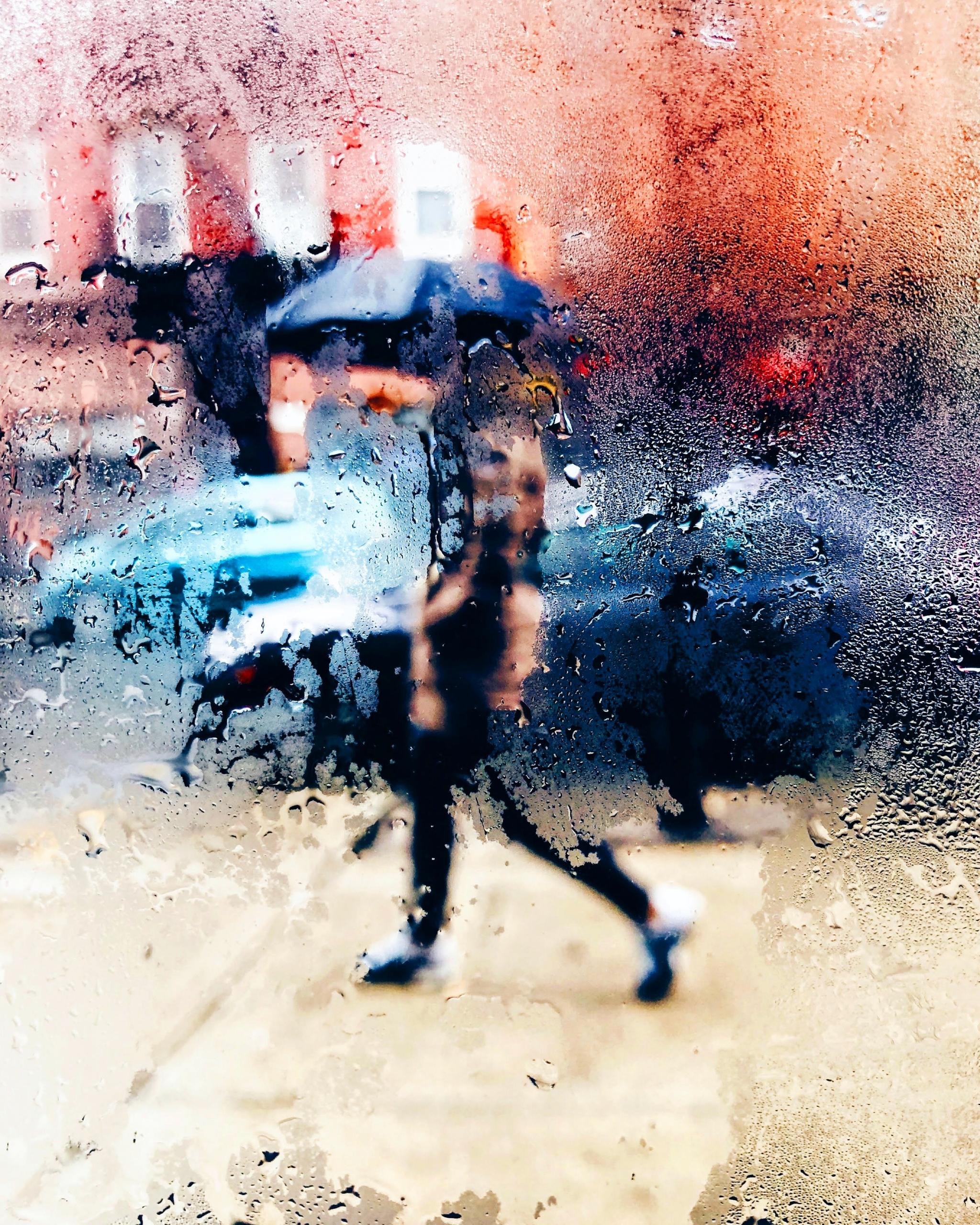Visual Arts Level 1 is going covers a whole bunch of mediums to get your head around. This will include painting, drawing, sculpture and possibly photography. Each particular medium will have their own limitations, problems and challenges for you to overcome, but as you spend more time with each practice, you will become more and more confident.
If you are wanting to unpack a complete guide to your NCEA Level One year of Visual Arts then check this blog out here. Maybe you would like to see a spotlight on the Internals that you will do during the year? Are you wanting to demystify useful art terms like Principles and Elements? Or if you want to see how taking NCEA Visual Arts can help your future career check this blog out.
Throughout your year some of the challenges you will encounter range from time management right through to perfectionism. Together let’s go through the problems you might face during the year and also work out some possible solutions and tips to consider.

Time management will become your best friend.
With both your internals and your one external board, you will be conscious of the clock ticking ever so loudly with those deadlines looming. As well as being extremely expansive and inspirational, there are more pedantic components of art that you will need to consider. These are slightly more boring and slightly more involved. But if done correctly then you can really get ahead of your workload. A tip to consider is to always keep in the back of your mind during the course work, is to make mental notes of techniques. You can use them for your external at the end of the year. Your course work will inform your choices for your board. With Visual Art it’s simply too easy to zone out and get fully immersed in your work, to the extent that you completely lose track of time. Creating, Painting, Drawing and Sculpting can be so captivating that they often can take your full attention. Instead, set yourself clear, concrete goals that are reachable so that you can stay on top of your projects and art pieces. Your end of year board is particularly immersive as it requires so much attention to detail and so many different individual art pieces to come together.

Planning will keep you focused on what’s important.
Just like how you would plan an essay in an exam, planning each of your five assessments is kind of a big deal. Make sure that you have fully planned out your theme for achievement standard 90914 for example. You are most definitely using wet and dry media and will be showcasing skills and techniques within those, but you also need to address that all important theme as well. For this it’s best to get a blank piece of paper and do a mind map with the theme marked clearly in the middle. For example, let’s say the theme which you selected was the environment then start to brainstorm all the current issues that you could focus on within this. It’s important to be specific with your theme, the more specific the better. Shining light on a perspective of the environment that is perhaps overlooked is more engaging will provide you with more unique, informed choices with your art pieces. So, you might pick singer Lorde’s Solar Power take on the environment, which shows the environment in a more glossy, triumphant light and perfectly functioning without humans living on it. Or, you might want to go the other way and instead of a barren oasis, you could spotlight all the problems. This could include overpopulation, deforestation, maybe even the waste that goes to sea. Get out your pen and brainstorm the elements and principles that can best communicate your theme. Have fun with it. At the start it’s about an exploration of techniques and concepts: soon you will find your rhythm.

Progression will become second nature to your process.
In all assessments, your ability to show progression will be important in your overall grasp of the techniques and concepts you are using. In your boards, you will need to show technical progression. This means that your abilities need to have improved in some way, shape or form. Have you taken a simple idea and then expanded in detail? For example, is your drawing shading better after more development and refinement by the end of your board? Maybe, you have expanded your tool usage and experimented with color, showing a vast experience for the viewer looking at your art piece. Following along from this is there a progression in the conceptual part of your pieces? If it’s social, political, technological, environmental or historical: the marker will be looking for some unique takes that show clear development. How do you go about achieving this? First, pick a distinct focus. Fracture the theme and break it down into something more specific. For example, if you chose Alice in Wonderland then you could stray away from simply depicting the tea party scene and instead, zoom in on maybe cards. From there you might tap into gambling or a more intense theme. With the theme, part of your job is to enhance certain aspects and have slight accents to others. So, while doing you're cards theme, you could bring the queen of hearts into the spotlight. Treat the conceptual progression as a journey and always follow the rabbit down that burrowed hole as it were. You can use accents like little motifs that are repeated like hats, card types and caterpillars etc. At the same time, you don’t want your art pieces to be too heavily conceptual and lost in translation when trying to connect the dots as to what they mean. Remember simple is best. You want to make a clear statement about how you feel about the theme.
Don’t copy, instead use artist’s work as a guide.
When looking at relevant art contempories, using their art as inspiration is the only way to go. You want to use their work as a springboard into something new. Use an aspect of their work, but always make it your own. There is only one of you and the marker and your teacher wants to see what you personally can bring to the table.

What is the ultimate culprit for your art block? Ah yes, perfectionism.
Remember Visual Art is always found in the doing and the actual practice, not so much the thinking about and the fretting. A blank page can be so daunting. All those endless possibilities swarming around in your head. Choice paralysis is a real thing. Best anecdote? Just pick one and go full steam ahead. When you're making something important there is a distinct difference in making something completely perfect and making the art complete. How to combat perfectionism? Focus on quantity not quality. You can always be super picky and detailed at the end of your assessment, but until then, just keep at it. The more you work at it the more you will naturally refine your work ethic; your skill level will increase, and your vision will become clearer. Keep taking those pictures, keep drawing those figurines, keep sculpting that igloo. Soon, all the hours of work you have put into your process will yield results. Just be patient and don’t aim for everything to be solid right from the get-go.

Roadblocks can be break-throughs
Always remember limitations can be a good thing. They can push you through to new territories you wouldn’t necessarily have gone to in the first place. Why not restrict yourself to using one tool or one colour and see what that brings out of your practice? Here you can analyse this one tool or colour intently and you’ll have a real depth and understanding with it by the time you’re finished. Then you can add another tool, technique or colour once you’ve done this.
Your teacher will be super valuable
Art is all about taking risks! Just as much as honing your skill and craft, go wild and really explore what’s possible. Your teacher will be there to guide you and this will be a relationship that will help inform your choices and development as a visual artist. Teachers are there to support you but they will also suggest ideas for you as well.
Things to remember…
Remember art is not math’s or science. There is no right or wrong way of doing some things, you can break those rules. Of course you need to understand principles and elements but as to how you use them, you can be as creative as you like! You might try abstract style to really embody this or have a more refined time with realism art.
Try Superprof!
If you are wanting some extra help nailing these terms and practising these as well in your own work, try Superprof. It’s an online tutoring website that has a whole range of tutors all there to help get you to the next level of your art journey. If you need extra resources, guidance or support, maybe even just some extra tips navigating the year ahead, give Superprof a go. Log on today, your first lesson is free as well.















